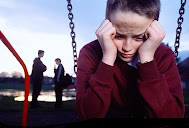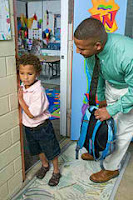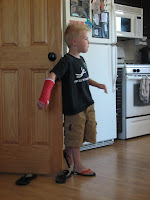ASD Level 1: Quick Facts for Teachers

"Would you have a simple summary, kind of a snapshot, that describes the most relevant aspects of ASD Level 1 that I can give my son's teacher so that she can get a basic understanding of this disorder without having to read a book on it?" Sure! Just copy and paste the quick facts below, and give it to the teacher... ASD Level 1: is a developmental disorder, not a disease or a form of genius affects language less, but does present with difficulties in appropriate speech and communicative development affects the way a child relates to others is a highly functional form of autism leads to difficulties in reading non-verbal cues is characterized by social interaction difficulties and impairments related to a restricted, repetitive, stereotype behavior is not the result of "bad parenting" is often confused with ADD and ADHD is not classified as a learning disability, but it is a disorder that impacts learning Treatment: can help children






